Komoot vs Strava - which cycling app is best for you?
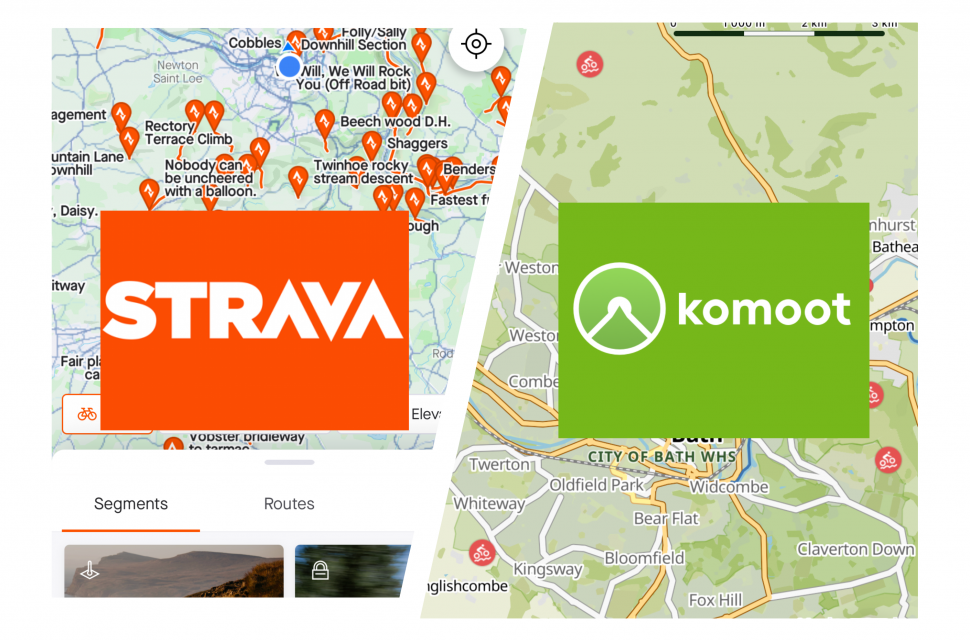
Strava has been around for well over a decade now transforming the way cyclists process data, train, race and plan rides. It’s a powerful tool that also focuses on community and social networking - route planning is not a massive part of the equation. Komoot, on the other hand, is a newer entrant to the best cycling apps space and promises a different take on the concept, specialising in exploring and bikepacking.
- Best mountain bikes for under £1000 in 2022
- Best gravel bikes under £1,500 - affordable off-road rides
- Gravel cycling: Unsupported vs organised gravel events
Both apps offer a free service but certain features need to be unlocked by purchasing a premium subscription. Read on to understand the differences between Komoot and Strava and find which app will best suit your riding style.
Strava - the basics
Strava will track your elementary ride statistics – distance, elevation – but where it becomes valuable is adding those personal performance parameters: heart rate and power output.
What makes Strava so addictive is the prestige of performance: those KOMs and leaderboard rankings. User interface developers know that humans are predisposed to being virtually competitive: you’ll keep checking your placing on any digital ranking with a fanatical frequency.
Strava’s King of the Mountain/Queen of the Mountain (KOM/QOM) feature, where riders can rank on a nearly inexhaustible array of riding segments, plays straight into the psychology of comparative obsession inherent to riding. The app’s new Local Legend ear does a similar thing to the KOM/QOM rankings but rather measures the rider’s frequency over certain segments rather than the fastest times.
Strava’s latest Trail Routes update, released in June, is a notable product enhancement for off-road riders. What makes Trail Routes so handy is 3D mapping and route visualisation. This gives you a great idea of what the topography on your route might ‘feel’ like riding.
Trail Routes also has recommended start points, helping you avoid looking like a total newbie when arriving at an unfamiliar trail for that first ride. Strava recognised that much of the challenge in starting at that new mountain bike trail, or two-day adventure ride, is finding the drop-in point.
With nearly 100 million users, the Strava community is massive and developers have leveraged that by giving Strava premium users access to historical data associated with a trail. This allows you to evaluate when the trails are busier or quieter.
Some trails have very peculiar temperature gradients, thanks to prevailing microclimate weather conditions. With the Trail Routes feature, you can see when riders prefer riding a specific trail at any time of year – thereby avoiding going at the incorrect time and avoiding overheating or freezing.
Komoot - the basics
If your requirements for a cycling app are geared towards navigational support and guidance, then Komoot is excellent. Komoot’s software architecture is built to shape your best route options and provide guidance, instead of pulsing performance data for every bit of your ride. Developers at Komoot leverage OpenStreetMap data to help you map a route.
Riders select specific prerequisites for their ride – viewpoints, traffic volumes, fitness level, and surface type – and Komoot will create the route. If you wish to breadcrumb those waypoints, Komoot allows that too. But its fundamental appeal is a robust algorithm that helps you confidently navigate new roads and off-road routes.
Komoot has preloaded routes and sources additional options from its 18 million-strong community of active users. For riders who want to have multi-day adventure riding guidance, with an ability to adapt to change and whims en route, Komoot wins. Its turn-by-turn navigation and ability to store multiple routes, with a very intuitive user experience design, makes Komoot your best adventure riding digital buddy, for off-road exploration rides.
With a surge in gravel and adventure riding, the demand for a navigational app that can work smarter has created a ready marketplace for Komoot. With its ability to be used offline (on the premium tier subscription) and turn-by-turn navigation, Komoot is arguably the best true adventure riding app for off-road cyclists.
Komoot is about not getting lost – instead of bragging rights. The performance-orientated rider data and segment leaderboards that are anchor features for Strava don't reside within Komoot’s ecosystem. Then again, Strava doesn’t offer turn-by-turn navigation.
How much does Strava cost?
The scale and depth of technology and development required to support global activity and navigation tracking apps are immense - and that means neither Strava nor Komoot’s best features are free.
Strava started as a free app but eventually created a two-tier subscription model. What does the free version of Strava offer? Well, you get the fundamental tracking stats on your ride and can view the top ten riders on a segment - but that’s it.
Strava’s premium subscription version adds layered analysis and performance comparison tools. It costs £47.99 per year or £6.99 monthly. Product managers at Strava know that its leaderboard is where many users spend their time after a ride. With a premium subscription, you can filter the leaderboard by various metrics (age, weight) and see a comprehensive list of riders who have been active on your local (or favourite) trail. Its route planner function is also behind the premium subscription paywall.
How much is Komoot?
Komoot’s pricing structure is regional. The more comprehensive you want its navigation and route assistance to be the greater the cost. Komoot users can have one area for free but you'll need to pay once you start riding further than a hyper-localised route to unlock the app’s true potential.
The best value version of Komoot is to buy the World Pack, which does exactly what it says, for a £29.99 one-off purchase. Suppose you only need a Komoot route on your next vacation, then you can buy a local area for £3.99 or even create bundles that price at £8.99
The free version is not of that much use because there’s no offline support and, for navigating unfamiliar off-road routes where data signal could be patchy, offline navigation is a huge boon.
For the most immersive Komoot experience, there is the premium package. It adds additional functionality to the World Pack, with multi-day tours, multiple tours and weather-sensitive information updates.
Logically, Komoot would push the multi-tour concept as its most desirable package. This is precisely the freedom of exploration riders want when going on an adventure biking vacation somewhere – and not want to struggle with route guidance once those cranks start turning.
Komoot’s premium package is priced at £4.99 per month or £59.99 per year.
Is Komoot or Strava best for you?
Although both apps offer some overlapping functions, the distinction between Strava and Komoot is a choice of performance data or confident route guidance through isolated terrain.
Strava is unquestionably the choice for riders who identify with the more competitive aspects of off-road riding. If you are a segment hunter or thrive with the incentive of competition then Strava is for you. Its latest software update also includes the ability to post videos, which has significantly boosted its appeal as a social media tool.
Want to navigate riding in a neighbouring county or foreign country with confidence? Or guiding a group for business or a pleasure ride? Then Komoot has a more effective route planning and guidance architecture, especially when paired with Garmin or Wahoo devices, which enjoy a symbiotic working relationship with Komoot.





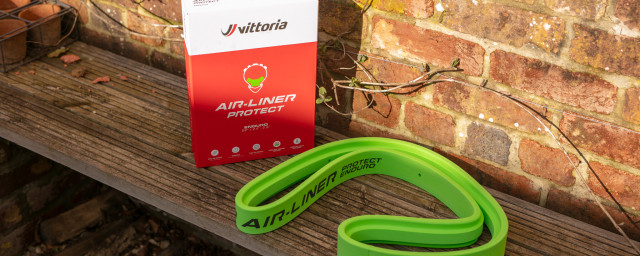
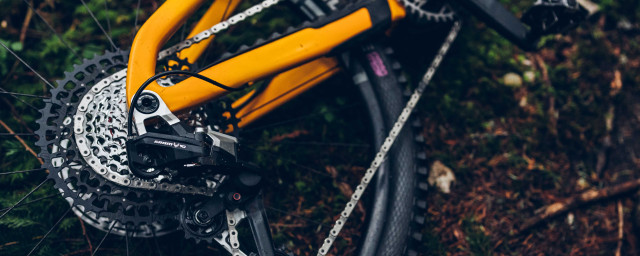

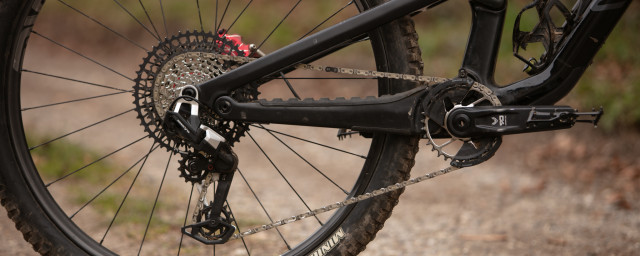
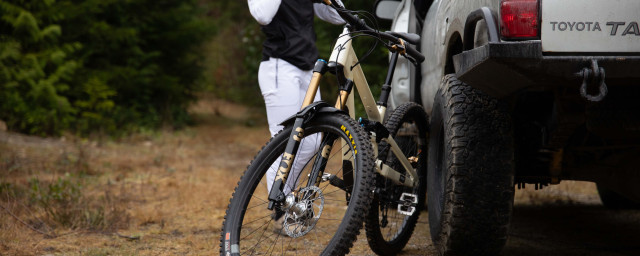
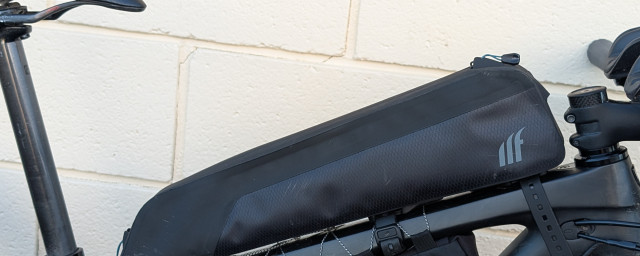
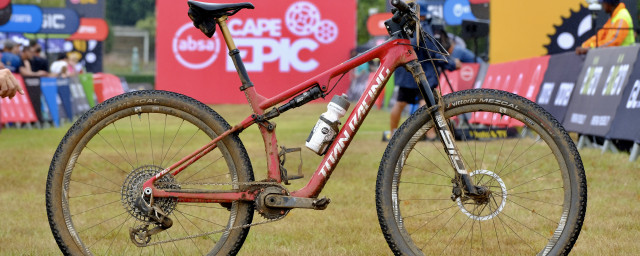

2 comments
I only use Strava to save my data to share with a small group of friends.....as in routes, where we have been etc...... Tried Komoot.....rubbish for me, I use Plotaroute with premium subscription and get OS overlay which is essential for me to see Byways, Bridleways, Tracks, Restricted Byways etc.... for proper planning of routes. You can download in ALL the head unit formats plus print off and also has a kml option so you can check in Google Earth.....never failed me yet...and if you use Strava you can upload the route via gpx download but most have a dedicated phone app for head units....
But you pay your money and take your choice..... Ride Safe...
It doesn't have to be one or the other...
I use both (Komoot for route planning, Strava for reviewing post-ride) and I suspect many people are similar. I've paid the one-off "World Pack" for Komoot (it's pretty useless unless you have the required region unlocked, and buying regions individually quickly becomes uneconomical) but don't have premium subscriptions to either, so it's not like it's very expensive having both.
New users can also get free trials of Strava Premium, and there are various routes to free region unlocks with Komoot, so it's definitley possible to try both for free and see what features you do or don't use.